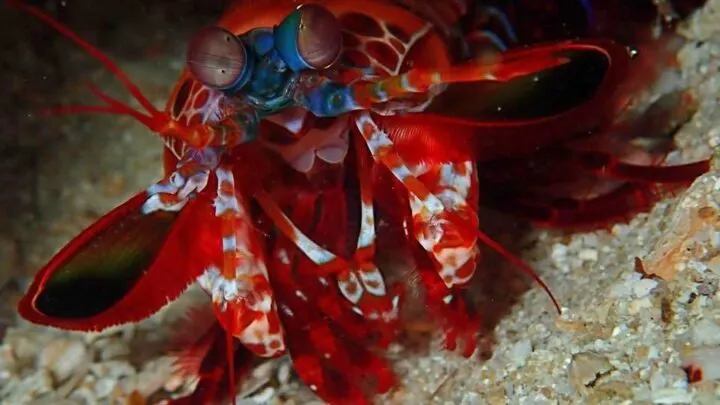Malapascua in the Philippines is most famous for the almost certain chance to see the primarily pelagic Thresher Shark. But, this little island getaway, north of Cebu and home to 3,500 people, has much more to offer. The incredible macro diving, and diverse abundance of vibrant, often mythical looking sea creatures is a reason in itself to grab your camera and head to Malapascua. Let’s dive in and tell you everything you need to know about scuba diving in Malapascua.
What can I see diving in Malapascua?
Whitetip Reef Sharks, Hammerhead Sharks (Dec – May) Manta Rays (Winter-Spring) Devil Rays, Mandarin Fish, Pygmy Seahorses, Blue Ringed Octopus, Ornate Ghost Pipefish, Frogfish, Blue Ringed Octopus and a huge variety of Nudibranchs and shrimps.
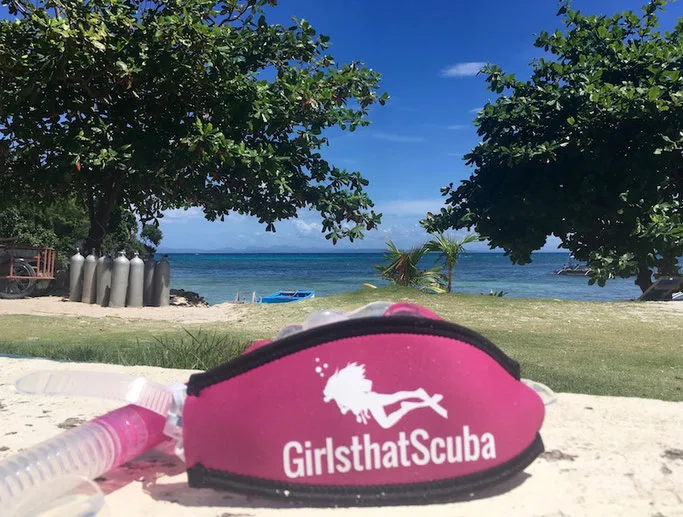
Dive sites in Malapascua
There are many more dive sites that those detailed below, (check the map) but these are the main ones:
Monad Shoal
Dive Type: Shoal
Depth: 30m/100ft
Recommended Level: Advanced
Featured Creatures: Thresher Sharks
Best time for this dive: All year
This is the dive with the most consistent sightings of Thresher Sharks in the world. Dive centers vary in their approach to the dive, some preferring to kneel waiting at the dive wall, near the 200m drop off (as below) and others offering a swimming dive. Sharks are seen regularly on both types. Leaving between 4:30 – 5:30am, this early morning dive and having the opportunity to admire their majestic, graceful movements is really one not to be missed.
Can I see the sharks if I am only Open Water certified?
Yes, but you will need to go with an instructor and complete the Deep Adventure Dive Course. This can also be used as part of the Advanced Diver course.
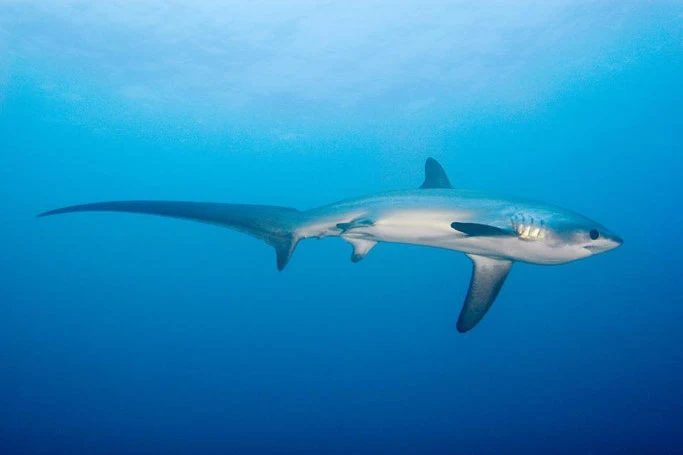
Gato Island
Gato Island is approximately 45 minutes boat ride away from Malapascua with a multitude of dive sites. It is a marine reserve, with a huge, diverse population of underwater life. There is also a 30m swim through tunnel at 10m (called ‘the cave’) where you are almost guaranteed to see White Tip Reef Sharks.
Depth: 10 – 25m: varies on site
Recommended Level: Open Water/Advanced
Featured Creatures: White tip reef sharks, bamboo sharks, seahorses, spanish dancers, banded sea snakes, cuttlefish, seahorses, filefish, nudibranchs, scorpion fish, porcupine fish, frogfish, shrimp, soft and hard corals
Kalanggaman Island
This idyllic looking tropical island does not disappoint in reality. A 90-minute boat ride away, most trips will offer a beach BBQ in between dives to replenish fuel and have some chill time on the gorgeous island.
Dive Type: Wall Dive
Depth: 5 – 40m
Recommended Level: Open Water
Featured Creatures: pygmy seahorses, ornate ghost pipefish, orangutan crab, zebra lionfish, hard & soft corals, gorgorian fans, huge variety of colourful reef fish.
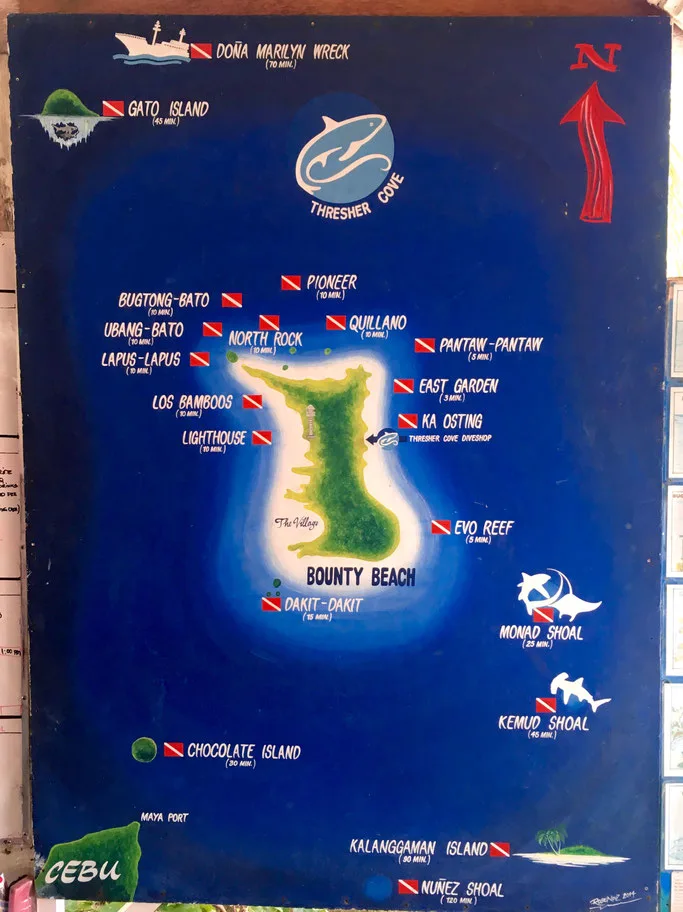
Lighthouse
Another fairly unique Malapascuan experience is the chance to admire the mating ritual of the breathtakingly beautiful Mandarin Fish. Heading under the water just before the sun sets; watching their twisting skyward dance and the subsequent gamete explosion is a rare experience.
Dive Type: Best at dusk/night dive (to see the Mandarin Fish mating)
Near here is also a WWII wreck more likely visited on a daytime dive
Depth: 10m
Recommended Level: Open Water
Featured Creatures: Mandarin Fish, Blue Ringed Octopus, squid, cuttlefish, crabs
Kimud Shoal
A sunken island with a top depth of 12-16m the drop off is 200m+ the main pull for divers is jumping in 50m away from the wall hoping for the chance to see the visiting school of 200 Hammerhead sharks.
Dive Type: In the Blue (to see the Hammerheads)
Depth: up to 40m
Recommended Level: Advanced
Featured Creatures: Hammerheads (also potentially Thresher Sharks, Manta Rays, Eagle Rays, Barracuda, Turtles at the drop off)
Best time for this dive site: March/April (dive centers vary on when they offer this dive, usually between Dec – May)
Doña Marilyn
A 100m passenger ferry that sunk during a typhoon in October 1988, in which sadly many lost their lives. A 90 minute boat ride from Malapascua with a lot of healthy coral and larger pelagic life.
Dive Type: Wreck
Depth: 16 – 32m
Recommended Level: Advanced (Nitrox recommended)
Featured Creatures: White tip reef sharks, marble rays, eagle rays, sweetlips, nudibrancs, black corals
There are two other main wreck dives in the area; Tapilon – Japanese WWII Cargo Carrier (22 – 28m) and The Pioneer – Japanese WWII gunboat (Tech diving: 42-54m)
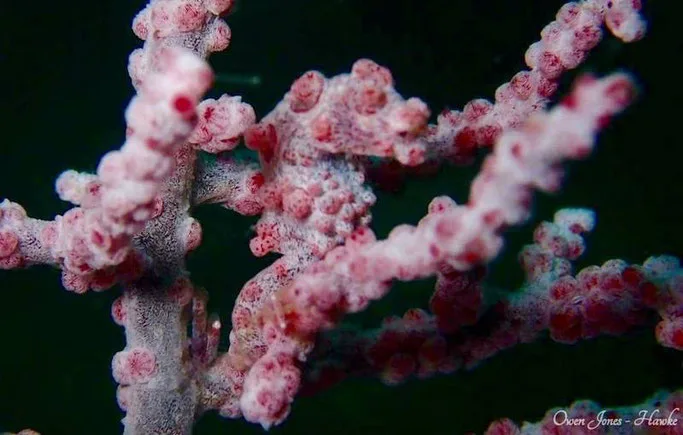
Bugtong Bato
10 minutes away from the island, a beautiful site with an abundant variety of marine life, and a great dive for photo opportunities.
Dive Type: Underwater pinnacle
Depth: 8 – 30m
Recommended Level: Open Water
Featured Creatures: Pygmy Seahorse, batfish, mackerel, nudibrancs, boxfish, cowfish, scorpion fish, whip coral shrimp.
Read also: 10 best dive sites in Philippines
Malapascua island
Malapascua is a tiny island, and at roughly 1km wide and 2.5km long it takes just two hours to walk around In November 2013 Typhoon Yolanda hit and the town of 3000 was almost fully destroyed, and many coral reefs were also devastated. However, the infrastructure has been restored, and the local and dive community seem to be back on their feet.
Accommodation
The main touristy social area is concentrated around Bounty Beach, the southern part of the island, where the ferry drops you off. Here you can find a variety of accommodation types; cheaper backpacker dorm options (as low as £8/U$12 per night) ranging up to slightly pricier and more luxurious rooms or villas (top end: £100/U$145 per night).
Dive Centres
There are at least 15 dive centres on the island, most offering similar trips, with a few exceptions; notably in regards to the Tech & Wreck dives. There are also a few dive operators that offer Liveaboards. I heard different reviews about the standards of organization, quality of equipment from some centres and it’s always important to check reviews, ask fellow Girls That Scuba, and contact the dive centres yourself to see if it’s a place you feel comfortable diving with.
Click below to check out Liveaboards in Philippines
Restaurants
Malapascua is a very chilled island, and perfect for just soaking up the sun whilst drinking cheap beers or fresh juices. Along Bounty Beach there is a wide variety of restaurants with decent prices and main meals to be found for just 150PHP (£2/U$3). My favourite, slightly off the main strip was Villa Sandra, serving up homemade vegetarian and vegan meals in very relaxed and friendly surroundings; floor cushions and all, complemented with live music.
If you need a dry day there is a company offering bike tours around the island, or you can just rent one yourself and go it alone. You could also walk up, or take a boat to the north of the island to relax on the quieter, secluded Guimbitayan beach.
Malapascuan’s are said to love to party and always keen to find a reason to celebrate, so if that’s your thing and you aren’t up early for the Threshers you should have no problem finding a place to drink and dance the night away. Just don’t forget to look up; the night sky here is breathtaking, and constellation spotting is the perfect way to end the day. A late night wade in the water may also stir up some bioluminescence, bringing glitter boots back from the 90s!
Info
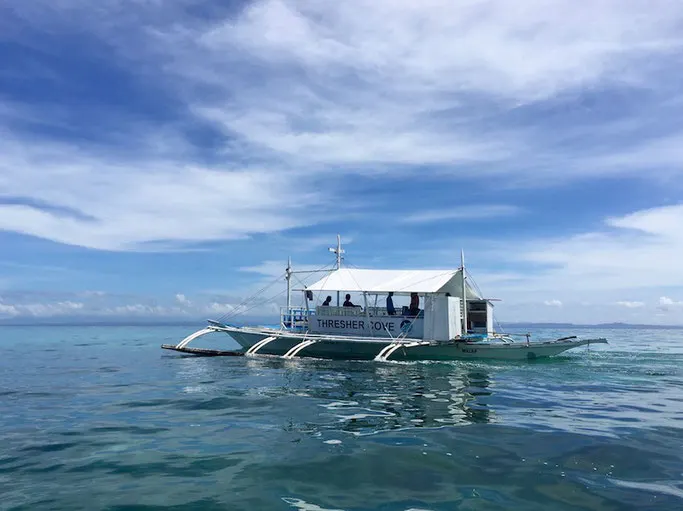
Weather
The best overall time to dive is usually between January to April.
However, it is possible to dive in Malapascua all year round, though the weather can sometimes be rough in November and December.
April to May (Dry season)
August to November (Wet Season)
Visibility: On most dive sights the visibility is between 15m-30m during the year, aside from Nov – Jan where it reduces quite drastically to approx. 5 – 10m.
Water Temperature
Usually between 27°C – 30°C
Lowers to 25°C in December – February
Transportation
The closest airport to Malapascua is Mactan–Cebu International
Private transfer from Cebu City: Between 2000-3000 PHP/£30-£40 /U$40-U$60 and takes about 3 – 4hours. Easily arranged through your dive centre or hotel.
Bus: Northern Bus Terminal in Cebu and take either a Yellow Ceres or Rough Riders bus for approx. 150 – 200 PHP (£2/$3) They run approx. every 20 – 30mins. The last bus from Maya is 6pm, though the buses to Maya run 24 hours (but the ferries to Malapascua do not.)
Ferry: You need to take a ferry from Maya. The public ferry costs 100PHP (£1.40/U$1.90) and takes around 30 minutes. If you want a porter to carry your luggage on to the boat you need to pay another 20PHP. If you arrive in Malapascua in low tide you will also have to pay 20PHP for a smaller boat to the island. They may also charge you another 20PHP for your luggage. The ferries will usually wait till they are full to make the crossing. There is no fixed timetable, aside from the last trips at approximately 5pm. The ferries may also be cancelled due to bad weather. If this happens there are guesthouses in Maya.
Private ferry: This will cost around 1,700 PHP and can often be arranged in advance with your Dive centre/hotel.
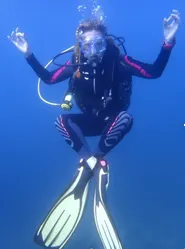
Weeze currently lives in Hong Kong, from where she plans to explore as much of underwater Asia as she can, especially seeking our sharks and exploring wrecks. Advanced PADI diver booked in to complete her Rescue Diver course next month. Working in Human Rights, not only does she love to explore the underwater world, but up top too, especially learning about local cultures and social history whilst seeking out vegan ice cream! She writes about her adventures in her blog Weeze x Christina, as well as sharing photos on her Instagram.

